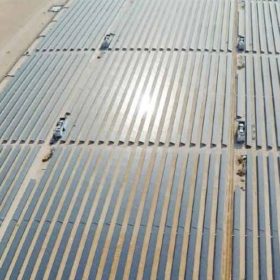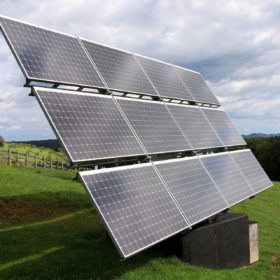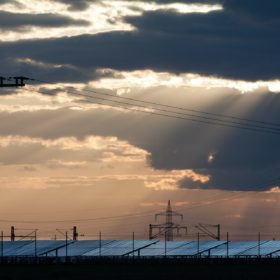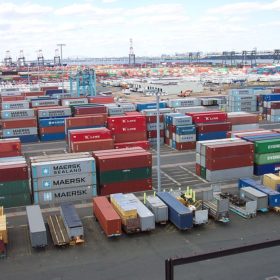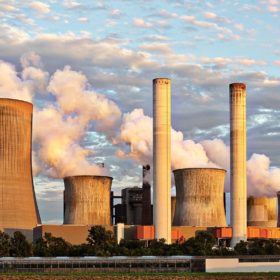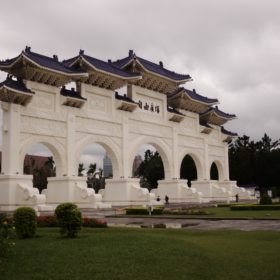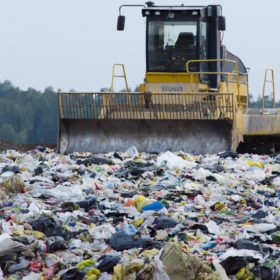Cadmium-free CIGS solar cell with 18% efficiency
South Korean scientists manufactured the cell with the chemical bath deposition method, using different thiourea concentrations. For the buffer layer, they used zinc instead of cadmium sulfide. The cell is flexible and is available in seven different colors.
Chinese PV Industry Brief: Big deals in the Middle East
Shanghai Electric has won a contract to build the fifth 900 MW phase of a 5 GW solar park in Dubai. JA Solar also agreed this week to supply 138 MW of PV modules for two projects in Jordan.
Fuzzy logic MPPT to improve PV system performance
A Pakistani-Chinese research group has demonstrated a new maximum power point tracking method, based on a fuzzy logic algorithm to provide faster results. The converter tech is claimed to have an impact on PV system efficiency and provide isolation between the load and the PV array.
India to hit large-scale PV target of 60 GW by 2022
India’s cumulative renewables capacity will hit 120 GW to 125 GW by December 2022, with solar to account for about 50% of the total, according to a new report by ICRA.
Deloitte abandons Chinese solar company SFCE because of going-concern fears
The auditor cited the threat posed to the debt saddled business as the reason for resigning its role, effective from today.
India confirms one-year extension of solar cell import duty
The ‘safeguard’ duty will be levied on Chinese, Vietnamese and Thai solar cells – whether assembled into modules or not – at 14.9% from today and falling to 14.5% in six months’ time. Malaysian products are exempted as their imports have fallen dramatically since the duty was introduced, in July 2018.
Perovskite structure also benefits batteries
Scientists at Germany’s Karlsruher Institute of Technology are leading an investigation into a new lithium-ion battery anode. The innovation has a perovskite crystalline structure and, according to the researchers, could provide strong all-round performance from simpler, cheaper production methods than those used for other anode materials.
Indian utilities contemplate coal – rather than energy storage – to balance renewables
The Ministry of New and Renewable Energy has specified how grid back-up capacity procurement will work for Indian electricity distribution companies. The rules consider energy storage solely as part of the 51% clean energy requirement, and instead use coal – with a variable price tariff element – as necessary for evening out supply.
Restrictions for solar on agricultural land may slow PV growth in Taiwan
Taiwan-based TrendForce says the nation added only 410 MW of solar capacity to the end of May, towards this year’s 2.2 GW target. The lower-than-expected deployment volume may be further hampered by new restrictions for PV on agricultural land introduced by the Council of Agriculture this month.
Understanding the fate of end-of-life modules
Scientists in India have taken a close look at the potential impact of growing volumes of PV waste, and have conducted surveys that suggest a lot more work is needed from manufacturers and policymakers to develop management systems for end-of-life PV products.

